Shrimp recipes are incredibly versatile. Explore easy shrimp dinner ideas that are perfect for any occasion. From shrimp pasta recipes like shrimp Alfredo to grilled shrimp recipes for summer BBQs, we have it all. Try healthy shrimp meals or enjoy shrimp tacos for a fun twist. Delight in shrimp appetizers at your next gathering or whip up a quick shrimp stir fry. Don’t miss out on shrimp scampi, shrimp salad, or shrimp skewers. Shrimp curry, and shrimp fried rice are sure to impress.

Quick Easy Shrimp Recipes For Dinner
19. Cajun Shrimp & Rice Skillet
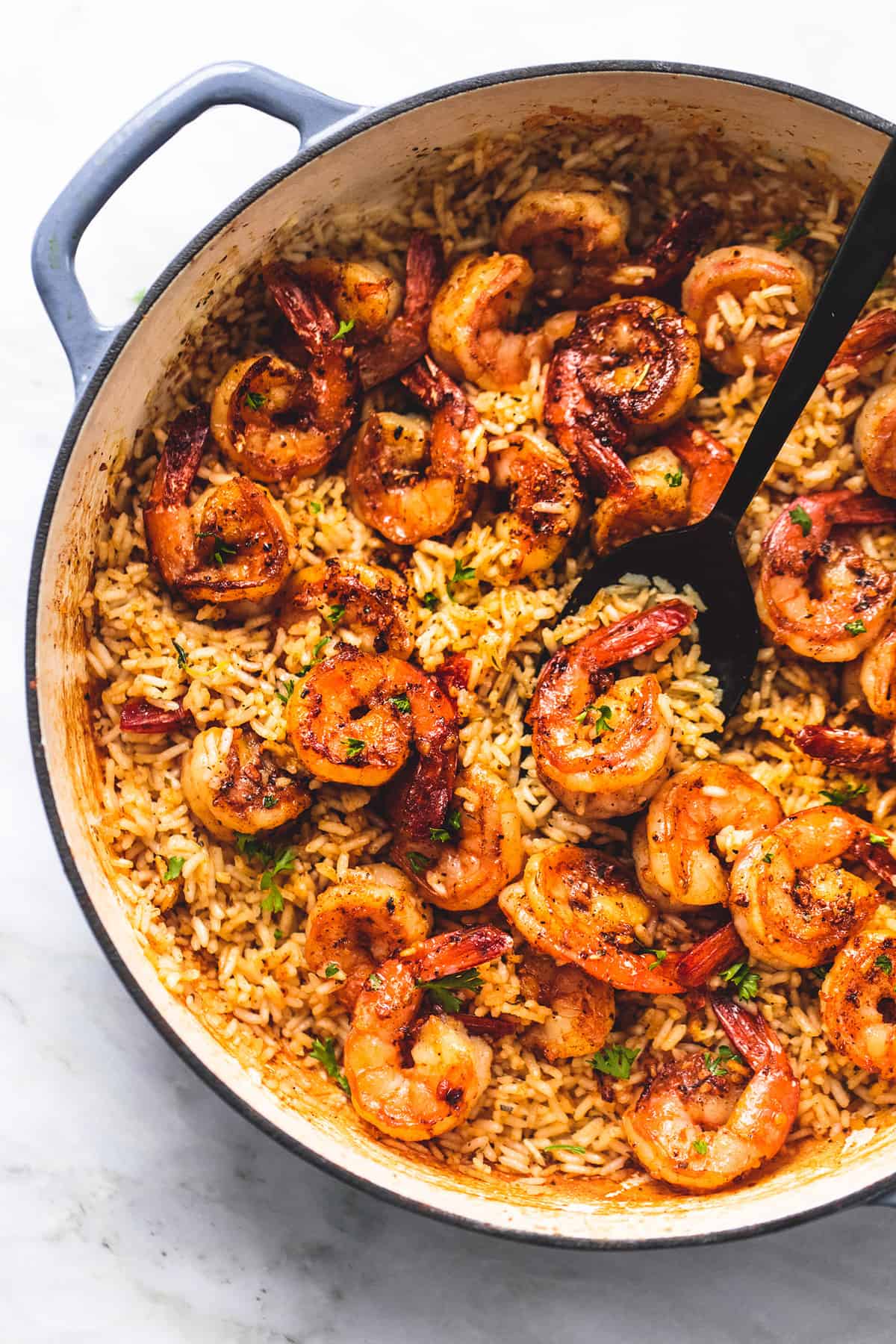
Credit: Creme De La Crumb
18. Shrimp Lo Mein
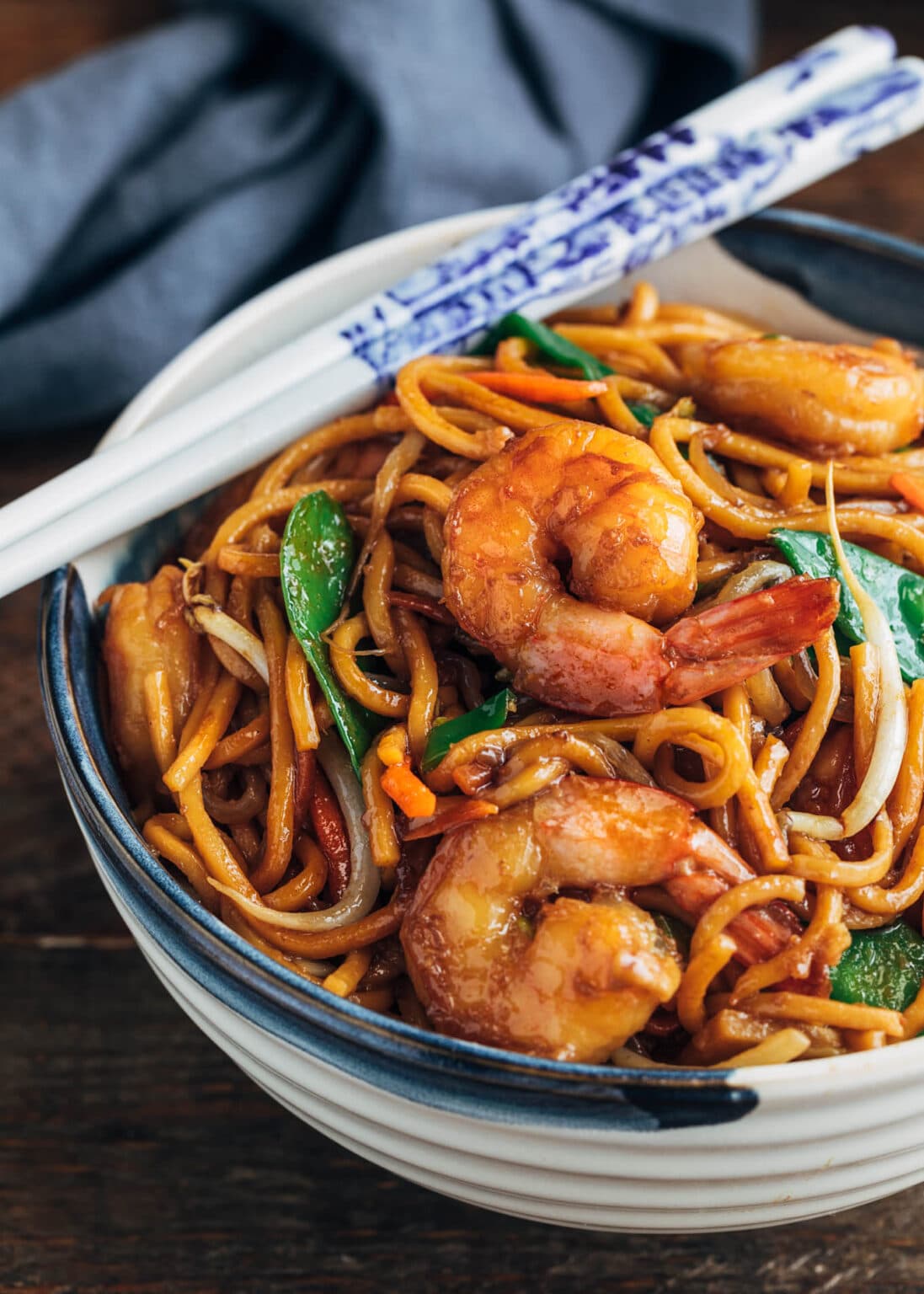
Credit: Striped Spatula
17. Garlic Honey Lime Shrimp
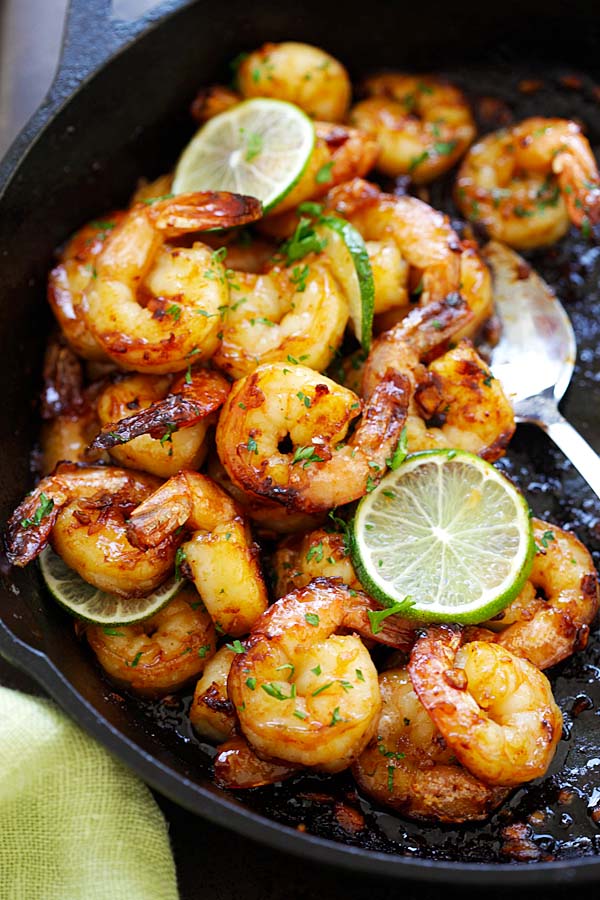
Credit: Rasa Malaysia
16. Shrimp Roll

Credit: Will Cook For Smiles
15. Shrimp Fajitas

Credit: Downshiftology
14. Firecracker Shrimp
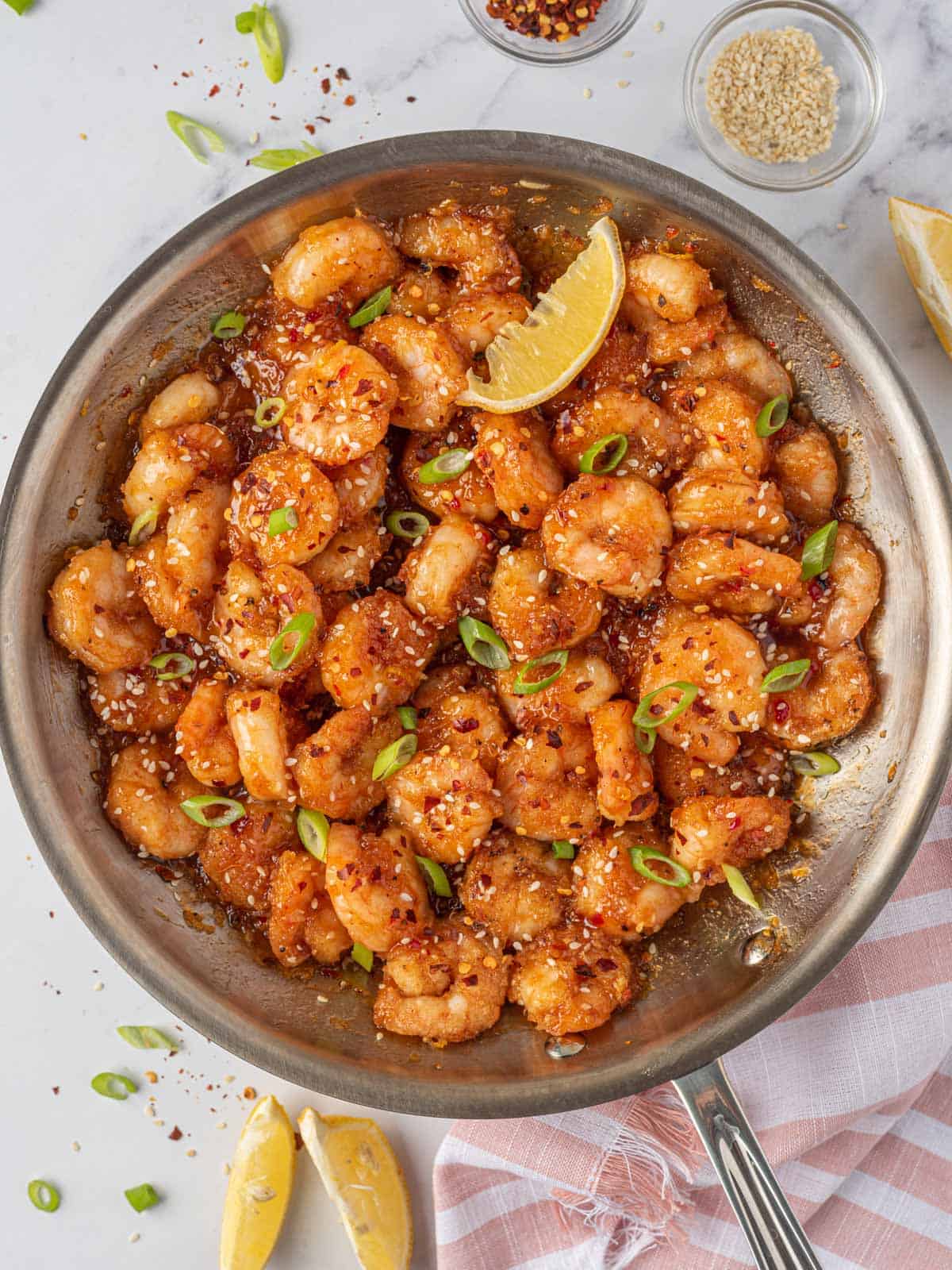
Credit: Cookin With Mima
13. Shrimp Etouffee

Credit: Spend With Pennies
12. Shrimp Stir Fry
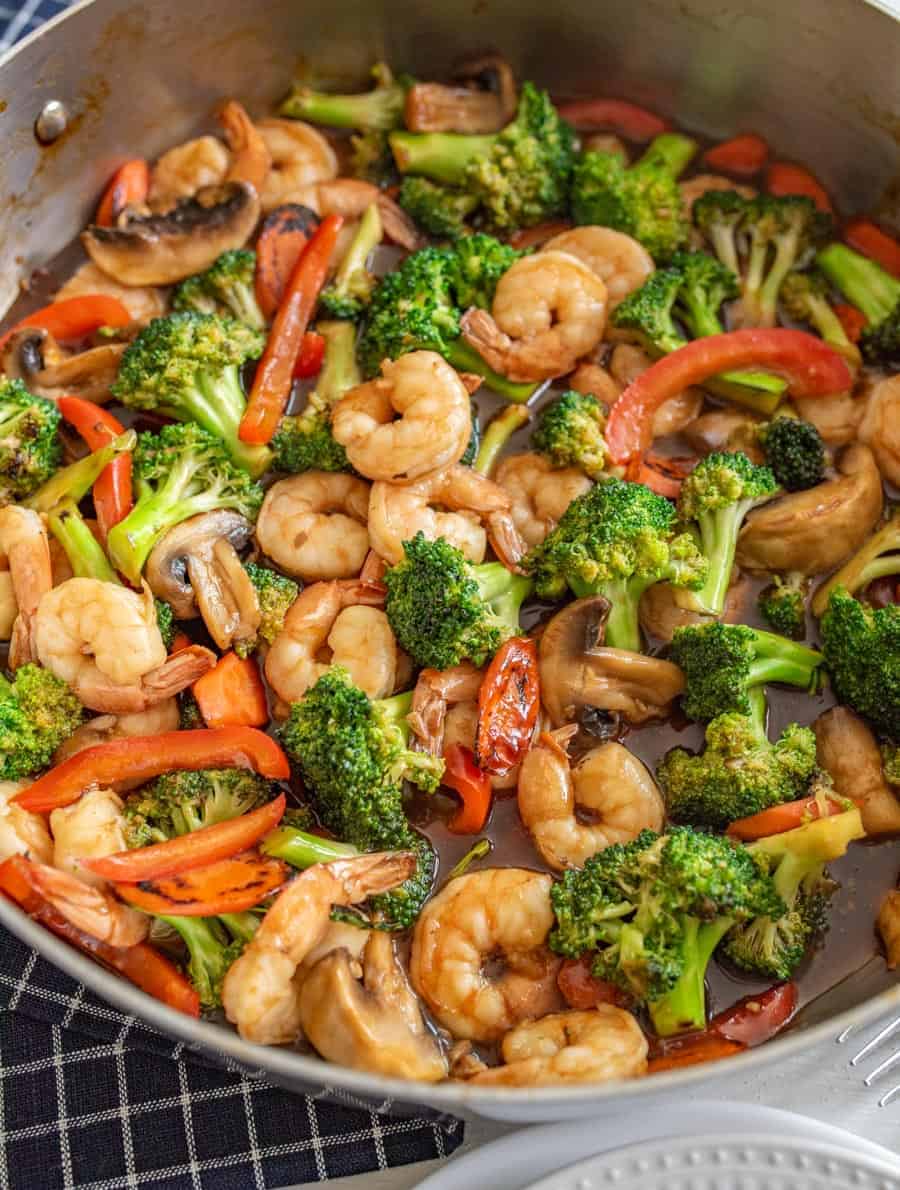
Credit: Bless This Mess Please
11. Creamy Tuscan Shrimp
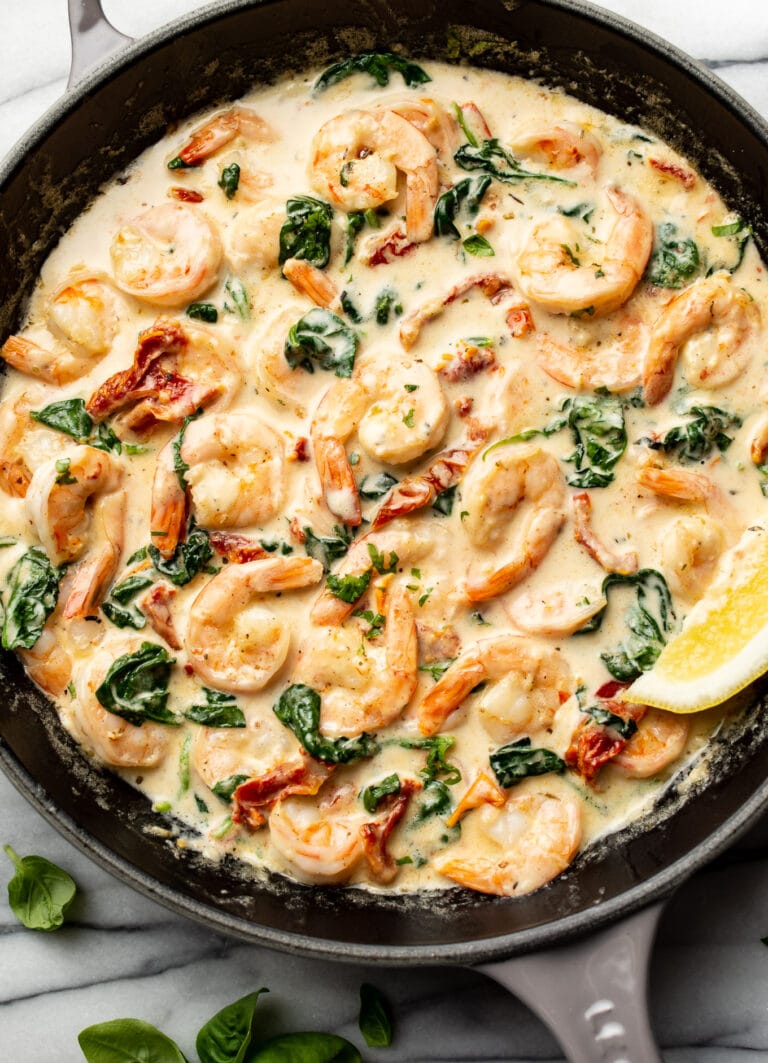
Credit: Salt And Lavender
10. Honey Garlic Shrimp
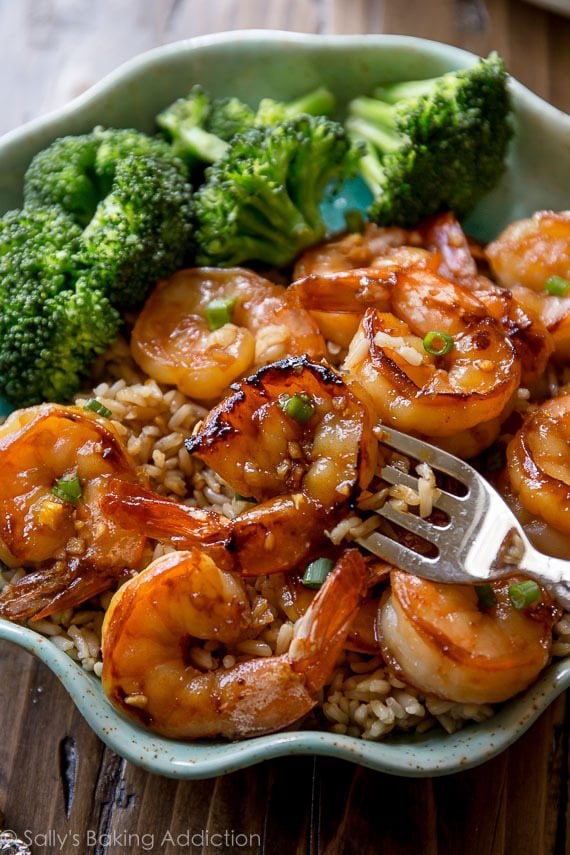
Credit: Sally’s Baking Recipes
9. Garlic Butter Shrimp Pasta
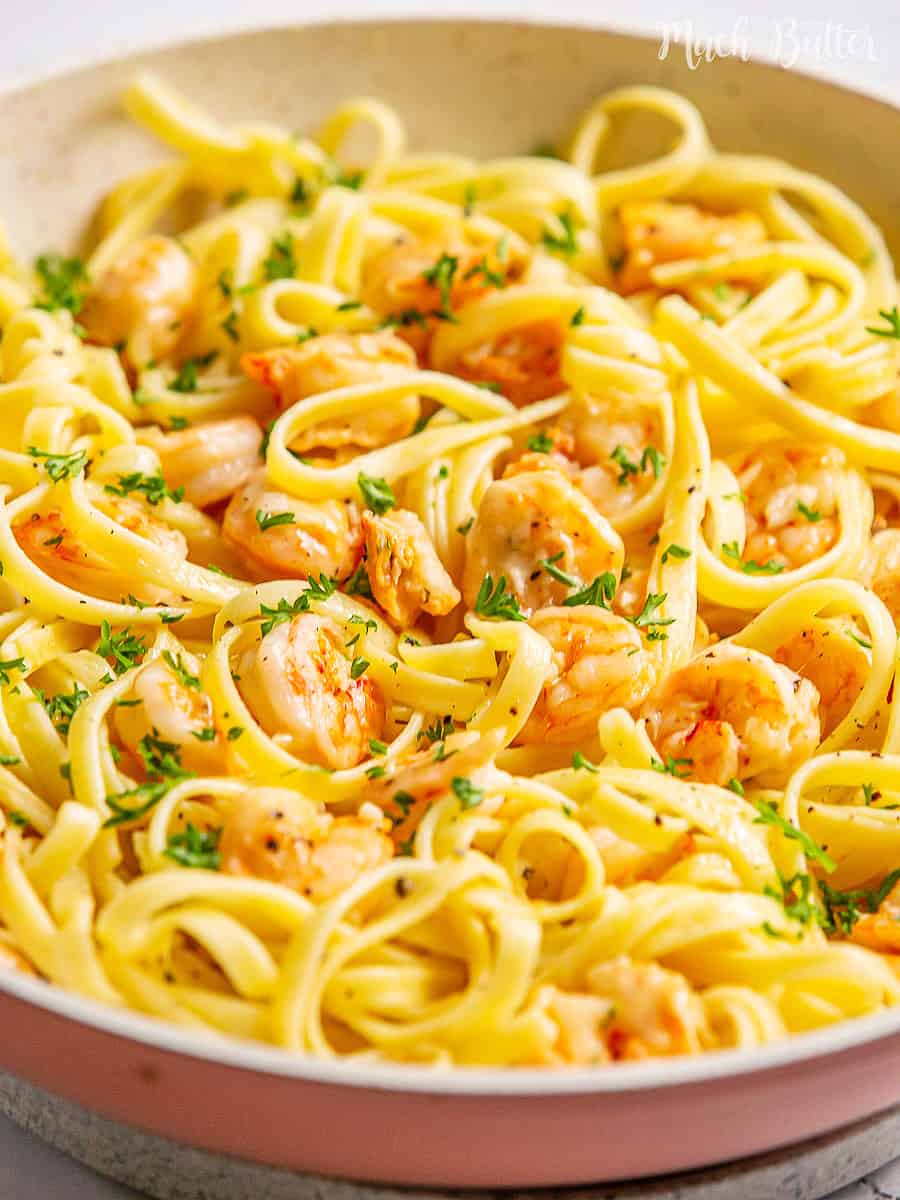
Credit: Much Butter
8. Thai Coconut Shrimp Curry
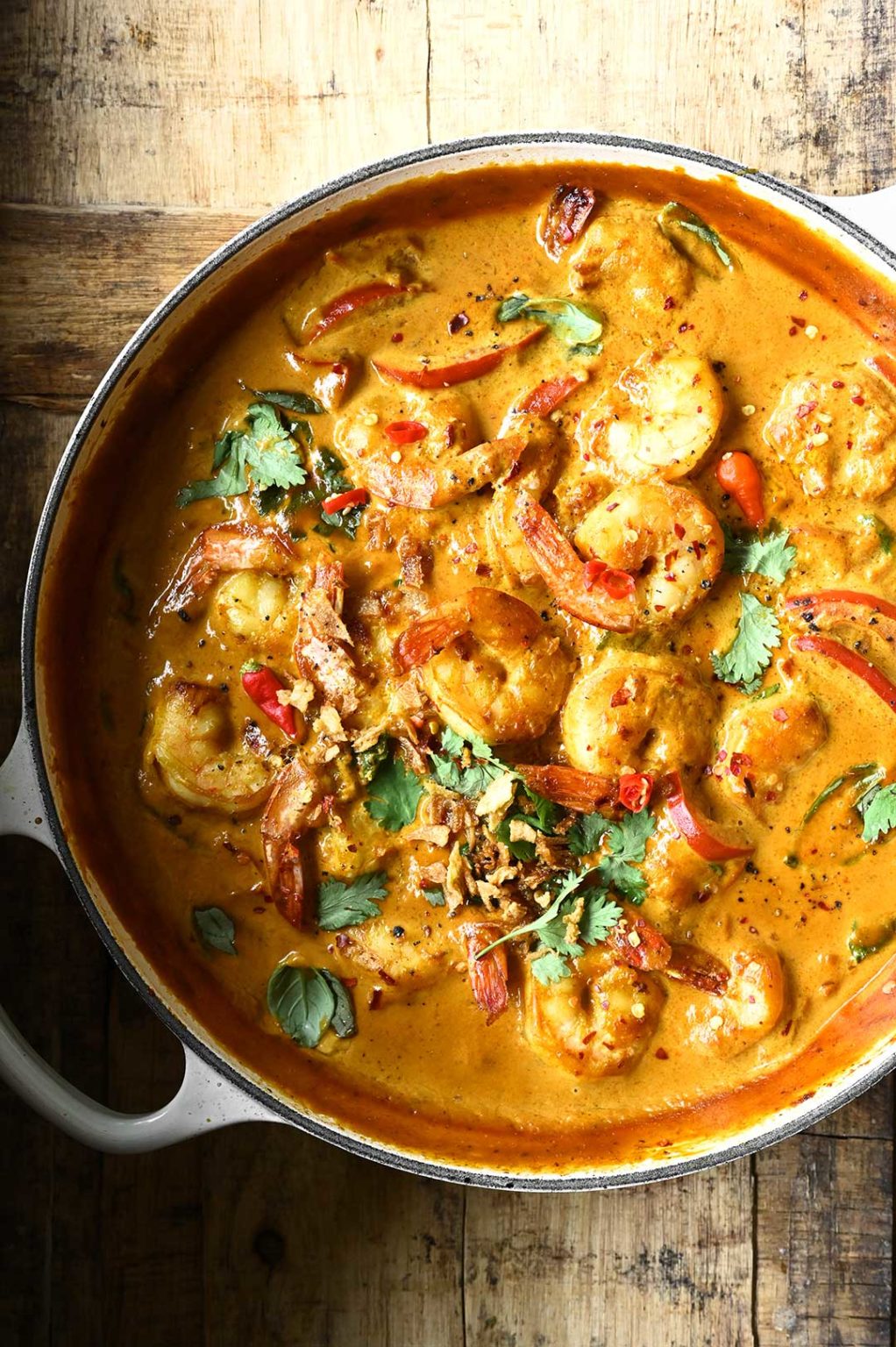
Credit: Serving Dumplings
7. Honey Garlic Butter Shrimp & Broccoli
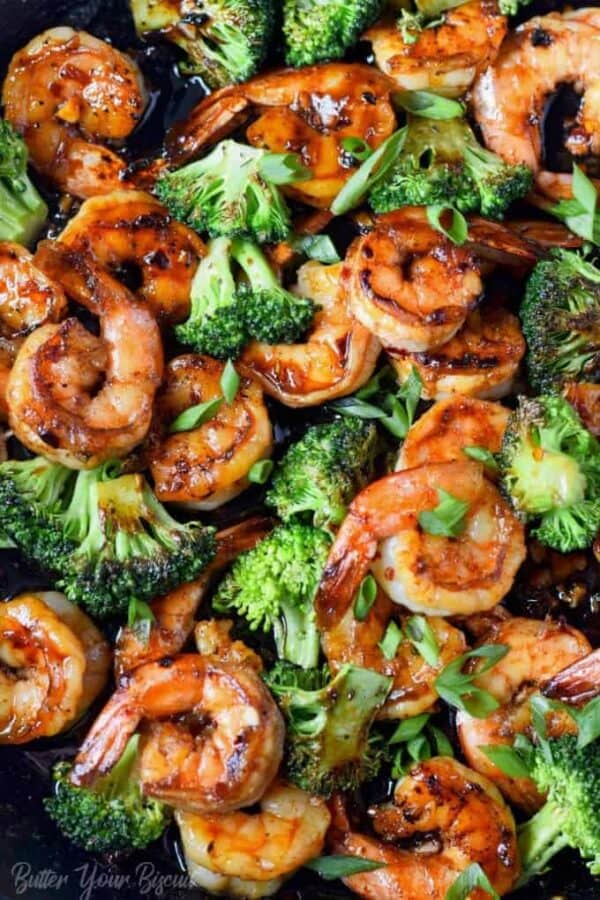
Credit: Butter Your Biscuit
6. Bang Bang Shrimp Tacos

Credit: Natasha’s Kitchen
5. Shrimp Vegetable Skillet
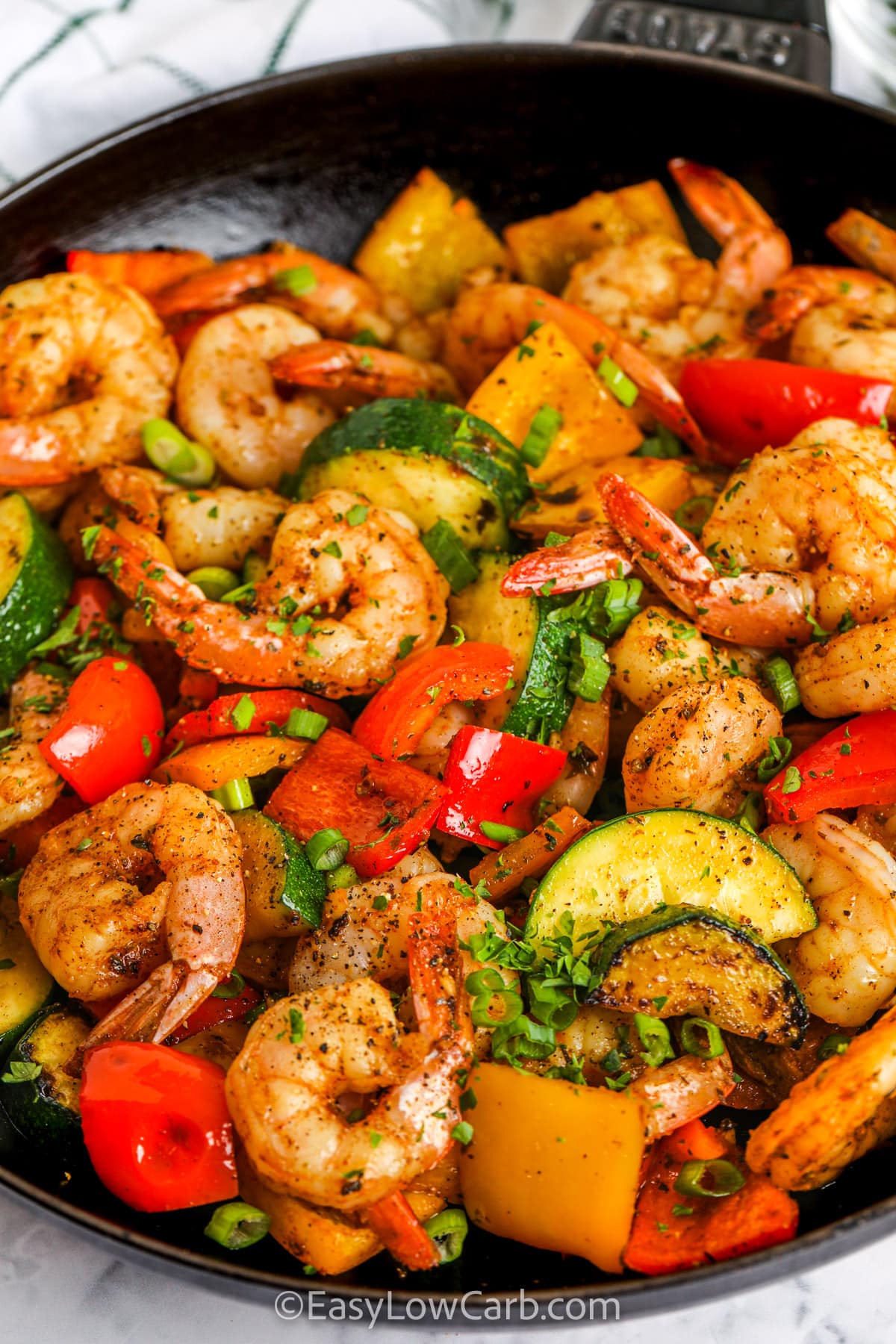
Credit: Easy Low Carb
4. Air Fryer Shrimp
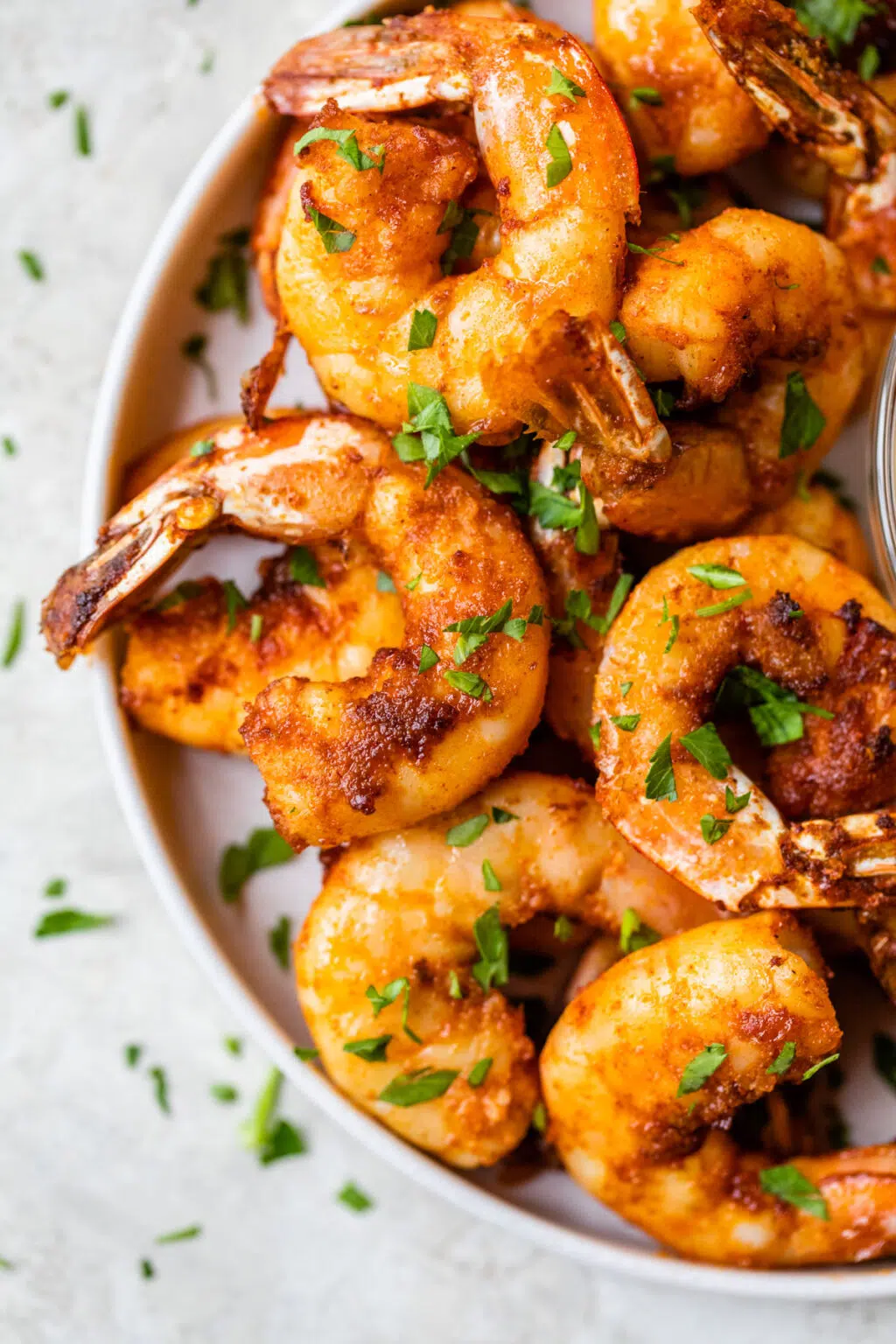
Credit: The Almond Eater
3. Blackened Shrimp

Credit: The Wooden Skillet
2. Hawaiian Style Garlic Shrimp

Credit: Cooking Classy
1. Sautéed Shrimp
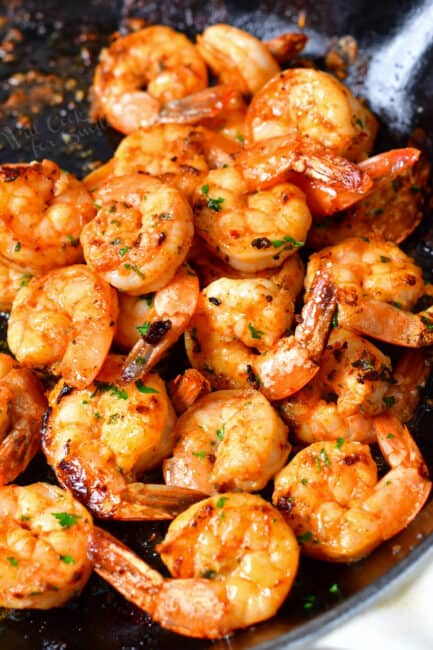
Credit: Will Cook For Smiles
SAVE THIS PIN FOR LATER

FAQs
Q. Can I freeze fresh shrimp?
Yes, you can freeze fresh shrimp. Ensure they are properly cleaned, deveined, and placed in airtight freezer bags or containers. Frozen shrimp can last for several months and can be conveniently thawed and used in various recipes.
Q. How long can I store fresh shrimp in the refrigerator?
Fresh shrimp should ideally be consumed within two days of purchase. To extend their shelf life, store them in a covered container or sealed bag in the coldest part of your refrigerator.
Q. Should I remove the shell before cooking shrimp?
The decision to remove the shell before cooking shrimp depends on personal preference and the recipe you’re preparing. Leaving the shell on can help retain moisture and impart additional flavor to the dish while peeling the shrimp beforehand offers convenience and ease of consumption.
Q. What are some popular cooking methods for fresh shrimp?
Fresh shrimp can be cooked in a variety of ways, including grilling, sautéing, baking, boiling, and steaming. The cooking method you choose depends on the desired outcome and the specific recipe you’re following.
Q. Can I use frozen shrimp instead of fresh shrimp in recipes?
Yes, frozen shrimp can be used as a substitute for fresh shrimp in many recipes. Thaw the frozen shrimp properly before cooking, and note that the texture may vary slightly from fresh shrimp.






